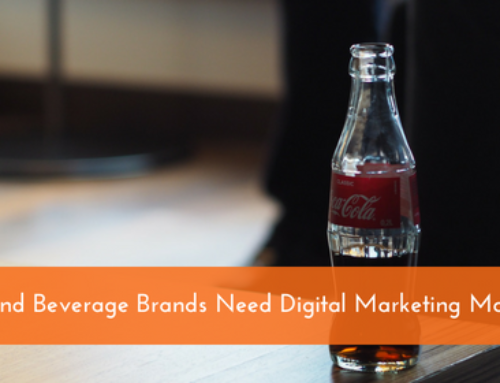It happens more often than you might think: brand hijacking. Most recently, New Balance has struggled to maintain control of its own brand story, as the shoes have been dubbed “the official shoes of white people” by an influencer who truly believed the brand would be thrilled with the designation.
Other brands have watched their own stories retold by consumers until their brand was unrecognizable. Burberry, Tommy Hilfiger, Dr. Martens—these brands all faced near extinction when their products were appropriated by consumers that didn’t fit their buyer personas. The image of the company was forever changed. Some recovered; some changed forever. The unlucky ones faded into oblivion.
How can you recover when your brand evolves into something you never intended?
A (Very) Brief Study
In most cases, the culture appropriating the brand is the exact opposite of the intended consumer. Consider the luxury Burberry, hijacked by soccer hooligans in England who purchased counterfeit items with the distinctive plaid pattern. This led to the brand being banned in many establishments, as just the sight of Burberry-styled clothing could lead to fights.
Tommy Hilfiger, once the chosen brand of Ivy Leaguers and other elites, took a deep swerve after rapper Snoop Dogg wore the brand on television and changed the brand’s story overnight. Instead of fighting, the brand embraced the change and marketed to the new clientele, but it couldn’t keep its new fans happy for long. This decision nearly bankrupted the company, which has since returned to its posh roots.
3 Simple Tips
These brands struggled in the very same way New Balance is today. When consumers decide for themselves what your brand is, you don’t get a lot of say. You can, however, follow some simple steps to maintain as much control as possible over your brand story. And, if the story does change, you’ll have laid the groundwork for regaining control as soon as possible.
-
Separate Personal Beliefs from Your Brand
We’ve previously discussed how your personal beliefs could derail your brand. Though some of these examples had nothing to do with the personal interfering with the professional, we can track some of New Balance’s troubles back to seemingly benign political leanings. We’re also seeing a shift in the LL Bean brand story right now, due to a board member’s political beliefs.
When you understand how easily one small admission could affect your brand, you may begin to understand just how important keeping your personal beliefs personal really is.
-
Lock Down Your USP
Your unique selling proposition—your brand’s why—should not change, regardless of whether your brand story has. Tommy Hilfiger may have seen a boost in sales after Snoop Dogg changed their entire look, but the choice to follow the new plotline and rewrite their brand story nearly resulted in their demise. A few extra sales during that year were not worth the company as a whole.
Keep doing what you do, and do it for your reasons—not for the reasons some consumers may assign to you. Hold fast to that unique selling proposition as you weather the storm.
-
Call Upon Your Brand Advocates
Those buyers you once identified as the perfect examples of your buyer personas—those are the consumers who will help you weather this storm. Keep in mind that many of these brand advocates will be waiting to see how you handle the hijacking. If you buckle, they’ll abandon ship. If you hold fast to your brand’s why, then they will be happy to stand by you.
It’s these cheerleaders, the ones who love your products and services because of who you are as a brand, that will help you get your brand story back on track. Keep those buyers front and center as they promote you through their various social media channels. Focus attention on these, your ideal buyers, even as the counterculture continues to hijack your brand.
Eventually, as Burberry discovered, the ship will right itself and your brand will emerge victorious. They only needed a couple decades of the Royal Family wearing their clothing to survive.
You’re ready to weather the storm, but you don’t have to do it alone. If you feel your brand story has lost its course, give us a call. We can help you get back on track.






